Parlophone Finally Finishes Ruining David Bowie’s Catalog Mastering (PART 1)
An exhaustive sonic guide to Bowie’s discography
With the arrival of the sixth and final David Bowie anthology box set I Can’t Give Everything Away [2002-2016], Parlophone has finally completed a decade-long undertaking: ruining the sound of Bowie’s entire catalog.
It’s quite impressive, actually. Six hefty remaster box sets from 2015 to 2025, most with some problem of some sort, and none of them having the sound quality these records deserve. Not all of the box set remasters (and the equivalent individual album reissues) are terrible, but I can’t say most of them are very good.
It’s not as problematic for hardcore vinyl collectors, since we can still get excellent original or early pressings of the ‘70s/‘80s albums. But it is a problem when these new remasters are the only option on digital platforms, especially when much of Bowie’s analog-era catalog has never sounded good in any digital iteration. And while Parlophone has now messed up his entire discography (except Tin Machine), they’ve started ruining these albums all over again with 50th anniversary half-speed vinyl that’s even worse than their previous remasters.
Now that I Can’t Give Everything Away [2002-2016] somehow botched the natively digital end-period records, it’s a good time to look back on the entire Parlophone remaster series. I wish I could dive further into the music, recording history, and overall context of Bowie’s catalog, but then I’d be writing this for months. Even narrowing the focus to the various masters and remixes becomes a lot with a discography this massive. Buckle in…
“Blue, blue, electric blue…”
After Bowie’s death, Newsweek reported that he’d approved “a long list of unscheduled music releases” through Parlophone/Warner, which includes the anthology box set series that launched before he died with 2015’s Five Years [1969-1973]. Smart timing, not because of his impending death so much as the vinyl revival truly gaining traction around then. Most of his ‘70s catalog hadn’t been reissued on vinyl since the digitally remastered early-‘90s Rykodisc pressings, thus the Parlophone series’ existence is totally valid. What’s not valid, however, is how badly Parlophone fumbled the series as it went on.
Ray Staff mastered original UK pressings of Ziggy Stardust and Aladdin Sane, so Parlophone chose him to digitally remaster the series (mostly at 192kHz/24bit) until he retired before the ‘90s era Brilliant Adventure box, where his AIR Mastering successor John Webber took over almost all Bowie mastering. Staff didn’t originally master any post-glam Bowie albums, however; original mastering engineers on those included Greg Calbi, Bob Ludwig, and Emily Lazer. The former two have since retired, but were still working when Parlophone reissued the relevant albums. Why weren’t they called in to remaster the titles they’d originally mastered so well back in the day?! Who knows.
It’s also worth noting that Bowie’s tape archive hasn’t always been properly cared for. When Rykodisc took over Bowie’s catalog in 1989, they found his tapes (and many other artists’ tape assets) stored in a New Jersey “vault” meant for office documents, with no temperature/humidity control. Ryko A&R Jeff Rougvie recounts the NJ staff carelessly carting out Bowie’s precious tapes as a tape for Jethro Tull’s Aqualung unspooled on the hallway floor. I assume the tapes have been handled much better since then, though inappropriate early storage plus the poor longevity of late ‘70s/early ‘80s tape stocks have inevitably taken a toll over the years.
The Parlophone anthology box set format goes like this: all of the originally released studio and live albums from the era the box covers, and usually an alternate mix of an album or two, and a Re:Call compilation of non-album odds and ends (single edits, B-sides, etc). Alternate mixes, Re:Call compilations, and some live albums are exclusive to the big box sets, while the core catalog gets individual “breakout” releases (at very reasonable prices). Most of the outtakes released in the Ryko series are absent, presumably being saved for specific “album cycle” CD box sets like the Conversation Piece, Divine Symmetry and Rock ’N’ Roll Star packages.
So finally, here’s the exhaustive sonic guide to Bowie’s discography, mostly on vinyl but sometimes digital. I have “country of origin” original pressings for many of these. Note that, in general, “country of origin” shouldn’t mean “where the artist was from,” rather “where the album was finished.” There are some inconsistencies with that—Low and “Heroes” were both finished at Hansa in Berlin, yet UK and US originals were mastered at Sterling in New York—but I’ll elaborate below. The article’s sections are divided according to how Parlophone organized the box set series.
“That’s all we’ve got”: Five Years [1969-1973]
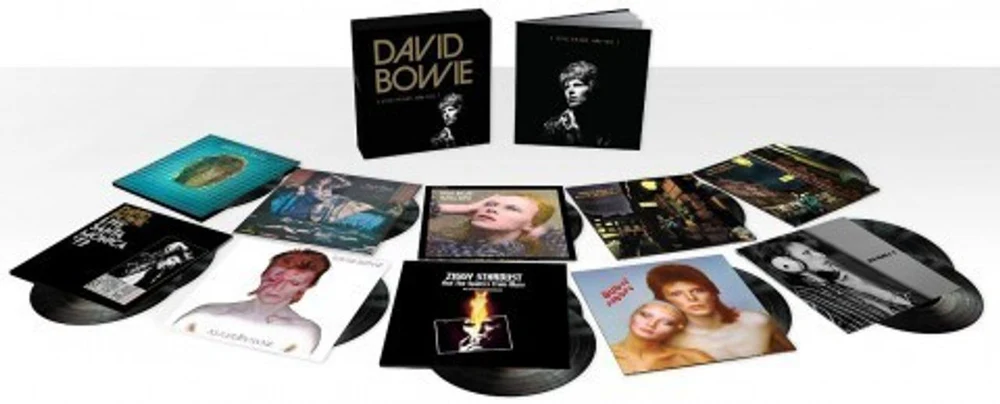
For the 1969 self-titled album usually known as Space Oddity, I only have the 2009 40th anniversary deluxe CD to compare. Supposedly that was mastered to match the very rare original UK vinyl; I can’t find a definitive source for that information, but it sounds period-correct. Either way, the 2015 Space Oddity is warmer and fuller, though not exciting as the 2009, even if that one leans thin. Weirdly enough, Parlophone seems to regard the 2009 as definitive, as they recycled the 2009 instead of the 2015 for the 2019 Conversation Piece CD box set.
I only have the remaster pressings of The Man Who Sold The World and Hunky Dory, so I’ll defer to Michael Fremer’s 2015 review. “[The Man Who Sold The World’s] new reissue's top end lacks the original and early pressings’ transparency, air, and three-dimensionality, while it seems to better the original in terms of control and image stability.” He says the Hunky Dory reissue “lacks the bite and transient sparkle found on the [1997 all-analog EMI 100 reissue and 80s Japanese pressing].” I believe that, especially for Hunky Dory, where original master tape box, shown in the Five Years hardcover book, has a late ‘90s Abbey Road note saying “tape losing oxide very badly” on side one.
In 2012, Ray Staff remastered The Rise And Fall Of Ziggy Stardust And The Spiders From Mars for its 40th anniversary; a vinyl cut from then was recycled for the 2015 Five Years box, though some copies of the breakout reissue use a later John Webber recut. It’s unclear if the 40th anniversary/Five Years box cut was from tape or digital, but I’d bet the latter. This is by far the best in the Parlophone series, though compared to a 6E/4E early UK repress (recently acquired for £25 at Tome Records in Hackney), it doesn’t achieve full lift-off. The UK 6E/4E has exciting snare drum crack, stunning cymbal sustain and decay, and muscular midrange. The 2012/2015 vinyl is (sonically) thicker (but nowhere near as bad as this series would eventually get) and transients are a bit plasticky. Most others online also regard the 6E/4E as definitive.
The Five Years reissue vinyl box is out of print and commanding absurd prices. Its only exclusives are the Re:Call 1 compilation and a stereo downmix of Ken Scott’s 2003 5.1 Ziggy remix. Neither make the box worth its resale value, though I quite like the 2003 Ziggy, which is more raw and “in the studio” than the dramatic, “extraterrestrial” original mix. It’s a good alternate perspective.
Staff mastered the original UK pressing of Aladdin Sane as well as the 2013 remaster (used in the box set). The remaster isn’t terrible, except the original has transparency, transient snap, guitar grit, and dynamic contrast that’s wiped from the overly smooth remaster. Mike Garson’s piano on the title track has always sounded a bit blocky, and it’s further hardened on the remaster.
Also, the reissue artwork throughout the series hasn’t been great. Ziggy is contrast-boosted and loses a lot of color nuance, some stray hairs on the Aladdin Sane portrait were Photoshopped out, many other album covers look too dark and yes, most of my originals were seemingly well-stored by previous handlers throughout the decades.
I’ll skip Pin Ups, I only have the box reissue and really don’t care enough about that album.
“In this age of grand delusion…”: Who Can I Be Now? [1974-1976]
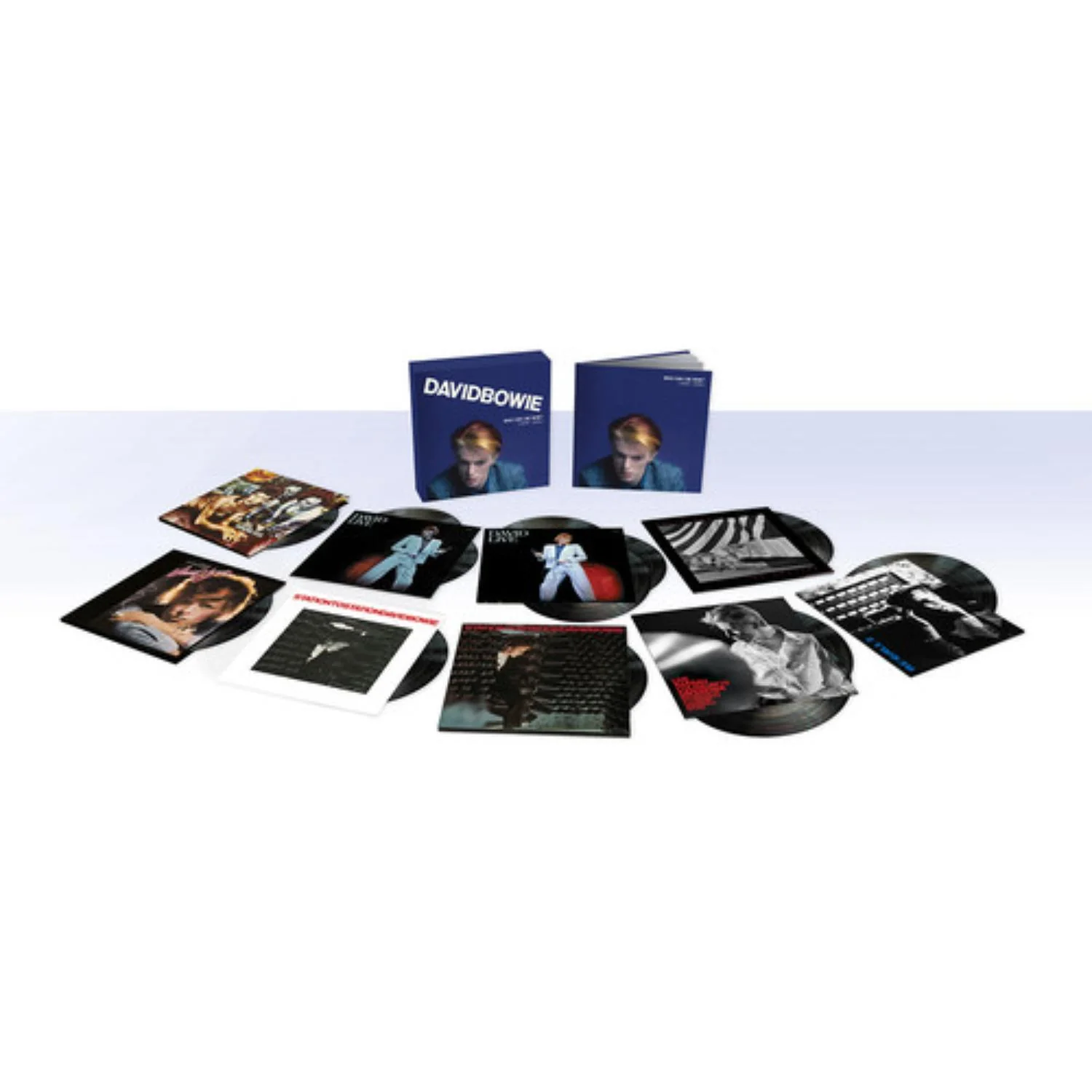
I reviewed the 50th anniversary half-speed of Diamond Dogs last year, and compared it to the 2016 pressing (first included in the Who Can I Be Now? [1974-1976] box) and a UK original 1oly/KEV pressing. Link above so I won’t repeat it here.
The Who Can I Be Now? box also includes two versions of David Live (or as the artist himself called it, David Bowie Is Alive And Well And Living Only In Theory): the 2LP original 1974 version and the expanded 3LP 2005 remix. The expanded remix is a much better listen than the muddy and confusing original, and is thankfully the one Parlophone individually released outside the big box.
I failed to review this year’s 50th anniversary half-speed of Young Americans, cut by John Webber at AIR on a Neumann VMS80 lathe “from 192kHz restored masters of the original Record Plant master tapes, with no additional processing on transfer.” Of course, that tangled PR copy only means that the initial source was a flat transfer of the tape, as is common sense. It’s not clear if Webber’s half-speed is from Ray Staff’s 2016 box remaster, but it certainly doesn’t sound like it; in fact, Webber’s half-speed is drastically worse than the 2016 cut.
The nicest thing I can say about the Diamond Dogs, Young Americans, and Station To Station 2016 remasters is that they’re “pleasingly warm,” thickened up at the expense of transparency and excitement. They are thoroughly “listenable” and some might enjoy the smoother sound, but you can’t hear into them nearly as much as you can the originals.
The true original Young Americans is the original US RCA pressing, cut by Greg Calbi at Record Plant’s Master Cutting Room, presumably right as the mixes were finished in the same building. It’s not an audiophile mix—compressed, ever so slightly lacking in bass, a tad plasticky in that era’s fashion—but sounds exactly as it should for a coked out mid-70s pop record. The record doesn’t really exist in a “natural” space, but it’s still a space; you feel like you’re in the control room, hearing all the elements as Tony Visconti and (on some tracks) Harry Maslin decide where to put them. The 2016 remaster loses that transparency and presence, but the thickened midrange is tolerable if dull.
The 2025 half-speed Young Americans is an incompetent, barely listenable travesty. The backing vocalists now sound like one unified voice instead of a texturally distinct group of multiple voices, the drums are cardboard, the saxophone and cymbals become utter garbage, the sonic plane is so flattened in depth that Bowie’s voice is pressed against everything else, and most of all, the groove is gone. You listen to it and don’t feel anything. The rhythm is sucked out; it doesn’t get your toes tapping.
In a purely technical sense, the Young Americans half-speed’s problems aren’t super obvious. The tape has lost its top end (even though it’s boosted, which results in an uncanny emptiness), the bass was brought up, and there’s some poorly timed compression, but whatever Webber and/or Staff did to the midrange was subtle but effective… effective in making it objectively boring to the point where you don’t care about it. I compared the original vs the half-speed for multiple music-loving, non-audiophile friends who all agreed that something sounded blatantly wrong when I switched to the half-speed.
Pedantic packaging note: neither the 2016 or 2025 Parlophone pressings match the original US jacket’s paper texture, but the 2025 gets a little closer. Maybe they’ll get it right on the 60th anniversary reissue.
For a digital Young Americans, the Ryko CD is more rhythmically correct than either recent vinyl remaster, but the upper midrange is weirdly congealed. It also uses the wrong mixes for some songs carried over from the album’s earlier incarnation, The Gouster.
Station To Station is tied with Low as my favorite album of all time. The US RCA original, mastered at Allen Zentz Mastering in LA (where Bowie recorded it), is perfect. The 2016 remaster is a bit too compressed and dead, but tolerable. I haven’t heard the 2010 vinyl remaster in the super deluxe Station To Station box set, yet the original so brilliantly renders the album’s spiraling madness that I wouldn’t have it any other way (that said, the now-unavailable 2010 digital remaster is preferable to the 2016 files). Also essential is the Live Nassau Coliseum ’76 live double LP, repressed in the current series from the original 2010 Abbey Road cut.
As for the 2010 Harry Maslin Station To Station remix, included on DVD in the 2010 album box and on the Who Can I Be Now? vinyl/CD packages: it’s interesting but not fun to listen to. It’s bright and grainy and hard and disregards the dark atmosphere of the original. Dennis Davis’ drums don’t sound right. Hearing Bowie’s voice under a microscope and left out to dry makes it feel more like an academic exercise.
“And my honor’s at stake…”: A New Career In A New Town [1977-1982]

In 2017, shit really hit the fan with the “Berlin trilogy” box set, A New Career In A New Town [1977-1982]. Audiophile forums were ablaze, Henry Rollins told people to not buy it (he correctly said, “Both LP and CD versions are full of problems and poor mastering”), and Parlophone eventually had to put their hands up, though not before defending their slew of blatantly horrible mastering decisions. This was the box with Low, “Heroes”, Lodger and Scary Monsters, plus original and 2017 mixes of Stage and a new Tony Visconti remix of Lodger, which Bowie heard the first half of during the Blackstar sessions.
I remember saving my 2016 Christmas gift money knowing that this box set would come the following September. I preordered it. Of the albums covered here, at the time I only had an original US Scary Monsters.
Then the box arrived, and I read all about the problems. The drama seemed to ramp up each day. I knew the box remasters were bad, but I kept listening as those were what I had and only later did I get original UK pressings of these albums. I’ve now spent five years living with both originals and the remaster box, and I never pull out the remasters, except to show people how bad a botched modern pressing can be.
I have four copies of Low: original UK and US both cut at Sterling Sound (Greg Calbi on the US cut, no initials on the UK cut so could’ve been George Marino or simply someone else at Sterling working from Calbi’s notes), 1980 green label RCA International budget UK reissue cut by Jack Adams at Tape One, and the 2017 box remaster. All of them, even the UK and US Sterling originals, sound very different. A vibe description fits better than a technical comparison. The UK original emphasizes the artificiality of Bowie/Eno/Visconti’s sonic treatments, the American pressing is warmer and more “natural,” the 1980 RCA International reissue sounds like a bass player’s preferred perspective (tons of bass emphasis, a little distracting but still pretty good), and the 2017 remaster sounds like the fucking garbage bin.
Do you need four copies of Low? Maybe not, but I do since I love it so much. I can’t pick a “best” of my three vintage copies, I like the differences between all of them, but I usually pull out the UK original, and occasionally the 1980 RCA International for a change of pace.
The main issue with the 2017 Low is how bloated yet harsh it is. Parlophone’s defense was that Tony Visconti had never been involved in previous remasters, that they never intended to match the original vinyl pressings, and that the originals didn’t have all the bass that Bowie/Visconti/Eno wanted due to ‘70s vinyl limitations. Sounds fair, until you consider that the originals have plenty of bass, as well as air within the intended harshness of the electronic treatments. The 2017 remaster sounds like flattened, sludgy, bass-boosted, grating noise.
While the first two Parlophone box sets had solid dynamic headroom (even if too much compression presumably from outboard analog mastering gear), they started jacking up the levels with A New Career In A New Town. It’s not “loudness wars” loud, but louder than the previous sets. No explanation for why that’s the set they decided to start boosting the overall level. Loudness is the least of my concerns, though; in the right hands with proper EQ and good multiband control, you could boost these albums much more and they could still sing better than the slop we ended up with. It’s not like these are technically dynamic mixes anyway,
Another complaint about the reissue artwork: Parlophone based their packaging on the UK originals (which they probably scanned from), probably because those are the “country of origin” copies. Except Bowie was signed to RCA in the US so for many if not all of the 70s albums, the US originals have the original artwork from which the UK artwork was derived. The original UK Low has the US catalog number airbrushed out in the top right corner, which might have been copied over to the reissue [facepalm emoji] but I can’t quite tell. I also noticed some cropping on the reissue cover when holding my copies side by side. By the way, the RCA International Low cover looks horrible, like a bad Xerox where black looks more like dark purple.
As for digital, there’s no great sounding copy of Low. A lot of people like the original 1984 RCA CDs, but years ago I ripped a library copy of the Japan-for-USA edition and it sounds grainy and pretty terrible, like watching a film from a digital scan of a foreign release print rather than a scan from the original negative. I suspect those RCA Bowie CDs were sourced from cassette masters several generations down, and maybe those tapes sounded okay but fed through primitive A/D converters, the results sucked. The 1999 Virgin/EMI CD series notoriously has tons of digital de-noising, and that Low sounds weird and hollowed out (interestingly, side one was not Dolby’d on the master tape, while side two was). The best digital Low is the Ryko AU20, but it runs a little slow and isn’t sonically perfect either.
I only have the UK original “Heroes”, cut by Greg Calbi (who also cut the American original), to compare to the remaster. Calbi’s cut is bursting with energy and rhythmic drive; just listen to “Joe The Lion” or “Blackout” on the original. Ray Staff’s 2017 remaster sonically has the same issues as Low, this time with an outright defect: the infamous “temporary loss of energy” debacle.
On initial A New Career In A New Town box set shipments (CD and vinyl), the song “Heroes” had what seemed like a dropout around the 2:50 mark. Parlophone claimed that, for a few seconds before that, there was an actual tape dropout (or in their words, “temporary loss of energy”) “repaired” through an automated high-frequency boost, and what everyone else heard as the “dropout” was merely the automated boost turning off and dropping back down to normal. You don’t need to be a mastering engineer to understand why this is a stupid idea that didn’t work and only exacerbated the problem.
Though they initially rejected that the release was faulty, Parlophone eventually conceded on the “‘Heroes’” issue and issued replacement discs to box set buyers (the corrected disc was also used for the individual remaster LP/CD), but it’s super glaring that the failed dropout repair passed any sort of quality control anyway. (Parlophone claims they QC’d 50 test pressings of some of these albums. Whoever was tasked with listening must’ve been functionally deaf or asleep.) They easily could’ve flown in a transfer of another tape to cover up the master tape damage, yet refused to use any source except the first-generation masters. Anyway, it’s not like the remaster sounds any better with the defect fixed, though, as the bad base mastering renders it as white noise.
While recorded and mixed entirely at Hansa in Berlin, the German pressing of “Heroes” is not the definitive original, nor is it what Bowie and Visconti wanted. For the single version of “‘Heroes’” (with the first half of the song chopped off), Bowie recorded alternate versions sung in French and German, which were spliced into those countries’ respective pressings of the full album (first half of the song intact in English, then the alternate language version cuts in where the single version would fade in). Tony Visconti apparently despised this and neither he nor Bowie approved of the alternate language single versions being edited into the album.
The 2017 3LP expanded remix of the 1978 live album Stage, available individually, is worth getting. The 2017 edition restores the songs in their original setlist order, while the original 1978 double album ordered the songs chronologically according to their original studio release, with fade-outs on every song. Sound quality on Stage (2017) is fine, I haven’t heard the original Utopia-cut 1978 UK Stage but any sonic advantage of the original would be seriously overshadowed by the terrible sequencing and editing.
Greg Calbi again cut original US and UK pressings of Lodger, a severely underrated album among Bowie’s absolute best. I have UK and West Germany originals plus the remaster and separate Tony Visconti remix in A New Career In A New Town. Lodger was originally mixed in Record Plant NY’s Studio D with minimal outboard gear, and Bowie and Visconti both disliked the result; there just wasn’t enough money to upgrade or fix it at the time. However, the UK original sounds great! A bit closed in and claustrophobic but that’s the album’s identity (just look at the album cover) and it still rocks. The lack of available mix processing means you have to listen into it instead of wait for all of it to jump at you, yet it still hangs together cohesively and Bowie is right there. The German original is also very good, but clearly from a mastered copy tape. It’s brighter at the very top but detail doesn’t resolve quite as well. Also, the German copy flips the outer gatefold artwork and lacks the UK gatefold’s nice exterior laminate.
The 2017 Lodger remaster suuuuucks. It’s muddy and bass-boosted, with tape wear (why didn’t they use the Plangent process???) and simply dead like many others in this series. Visconti’s 2017 remix is thankfully brighter than the remastered original mix, but in a hard, mechanical way, and it’s soaked in nasty digital reverb. I played it for my friend the other day and when Bowie belts out the last word of the choruses on “Fantastic Voyage,” my friend said, “It sounds like he’s falling down a well!” Drum nuance on the remixed “Look Back In Anger” is lost in a sea of washy reverb crap. I’ve grown to appreciate Visconti’s 2017 Lodger as a novelty, but it’s still a failure. I can’t help but wonder if the reissue team intentionally fucked up the remastered original mix of Lodger to make the remix sound like the drastic improvement it’s not.
Parlophone’s Scary Monsters remaster avoids the other albums’ glaring defects but sounds thick and dead and atmospherically nonexistent in the mids and highs. Greg Calbi cut the US original, but the UK original is the one to have; Scary Monsters was tracked at New York’s Power Station, then overdubbed and mixed in London on a Trident TSM console, so the UK Townhouse cut is the definitive original. Calbi’s American cut is very good but the UK Townhouse is explosively next level. It’s one of the best sounding records I have. There’s also a US Sterling-cut 33rpm 12” of “Fashion”/“Scream Like A Baby,” which is good but the UK Townhouse LP still wins. Anyway, I’ve compared “Ashes To Ashes” between the UK original and the 2017 remaster for many non-audiophiles who aren’t Bowie fans, and everyone hears how drastically inferior the 2017 is.
Stay tuned for Part 2, which covers the rest of Bowie's catalog on vinyl.








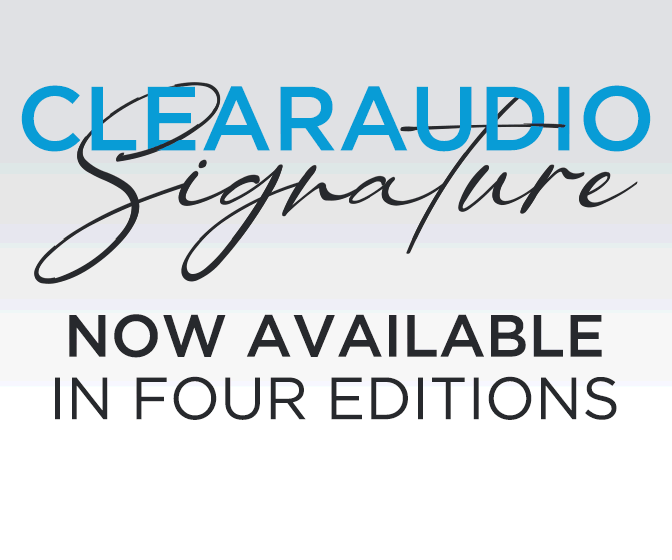

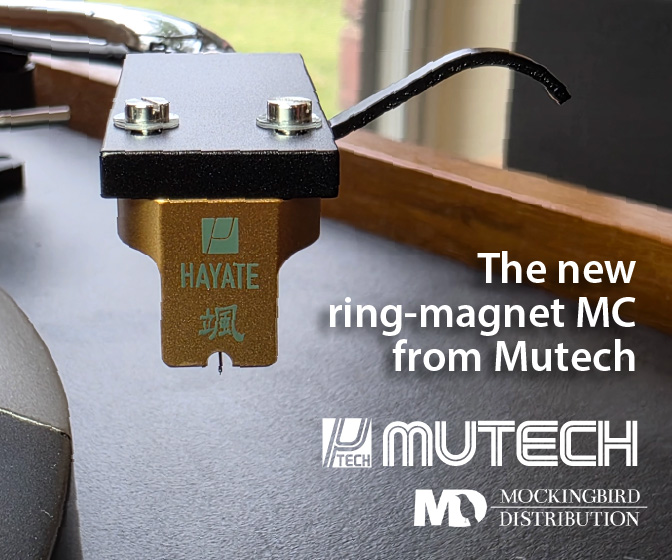
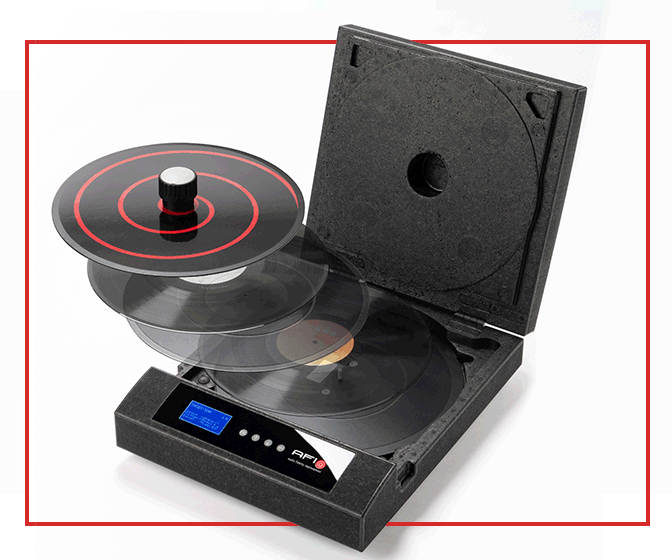

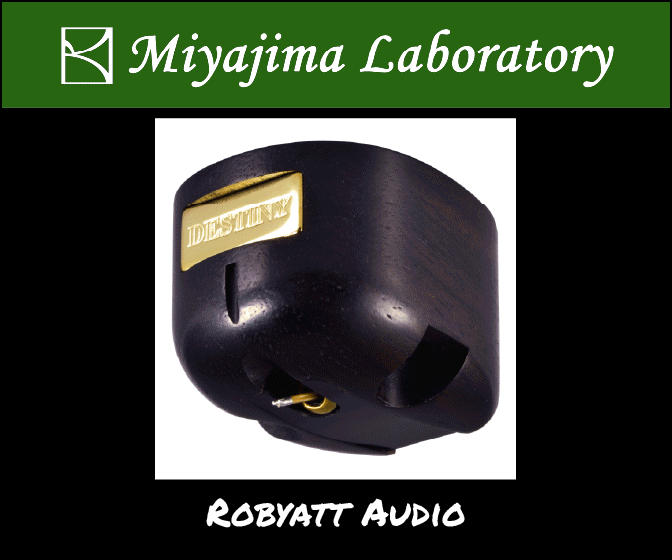
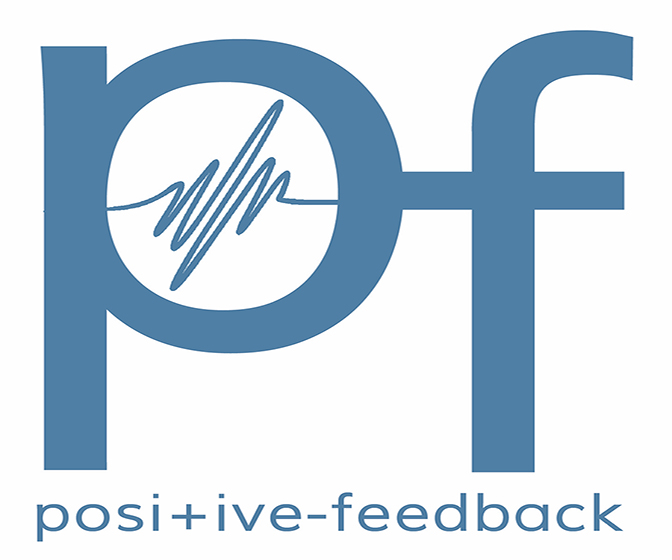




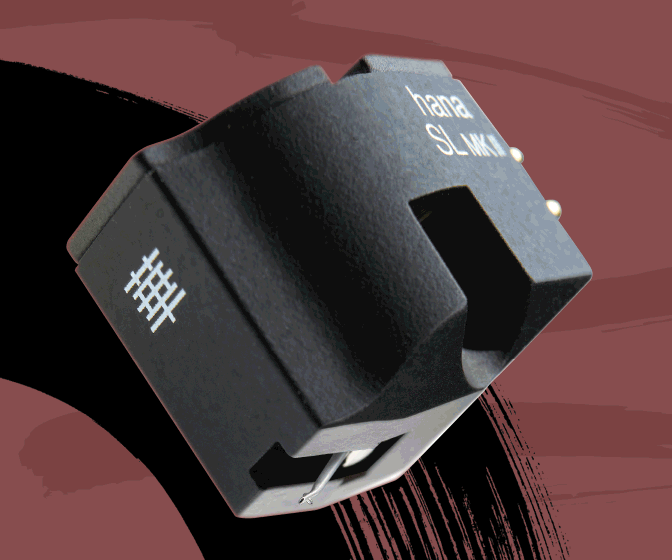
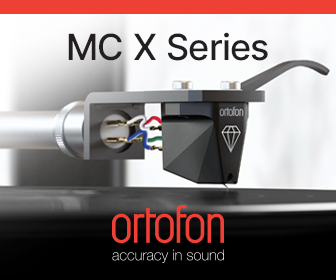
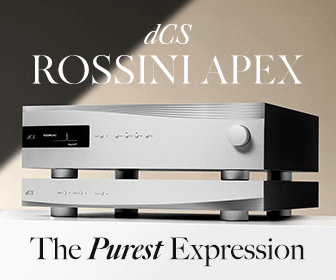
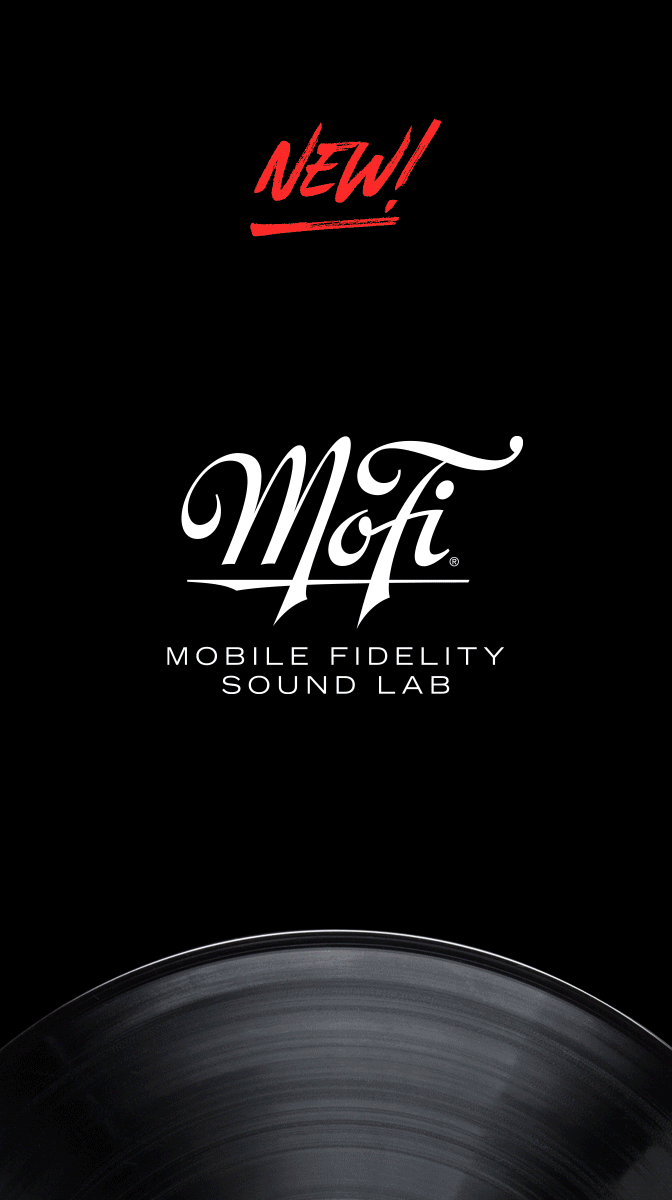



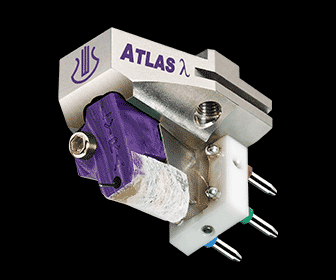

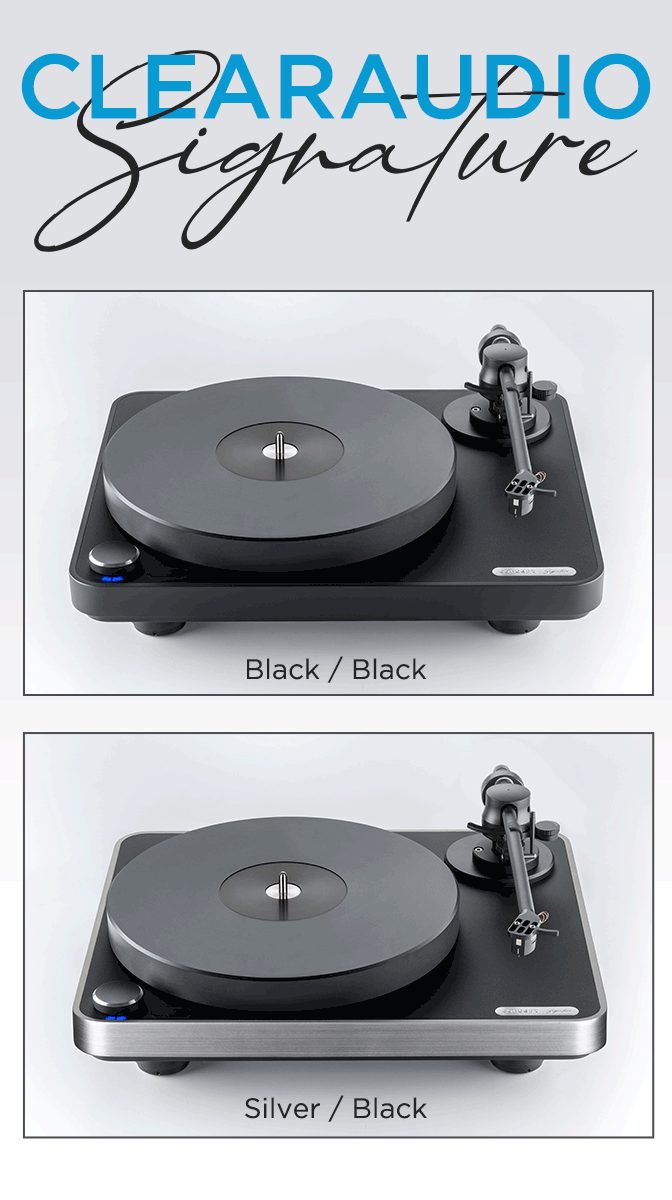


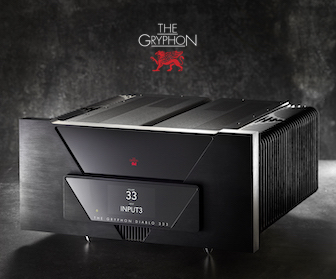
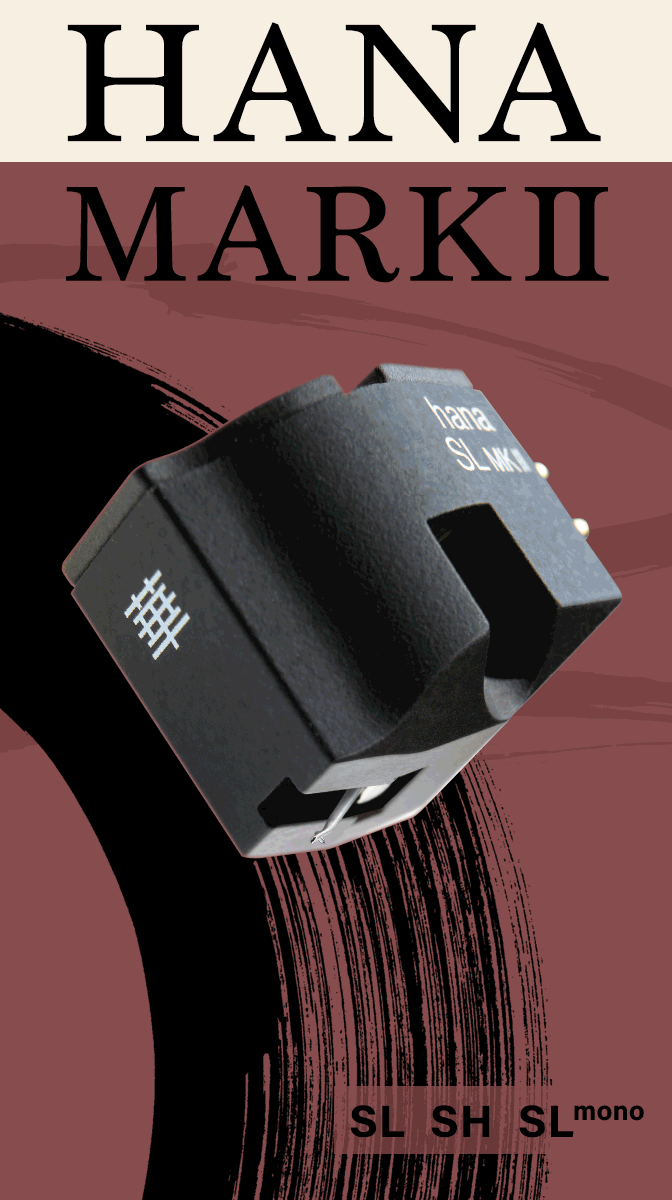









.png)








